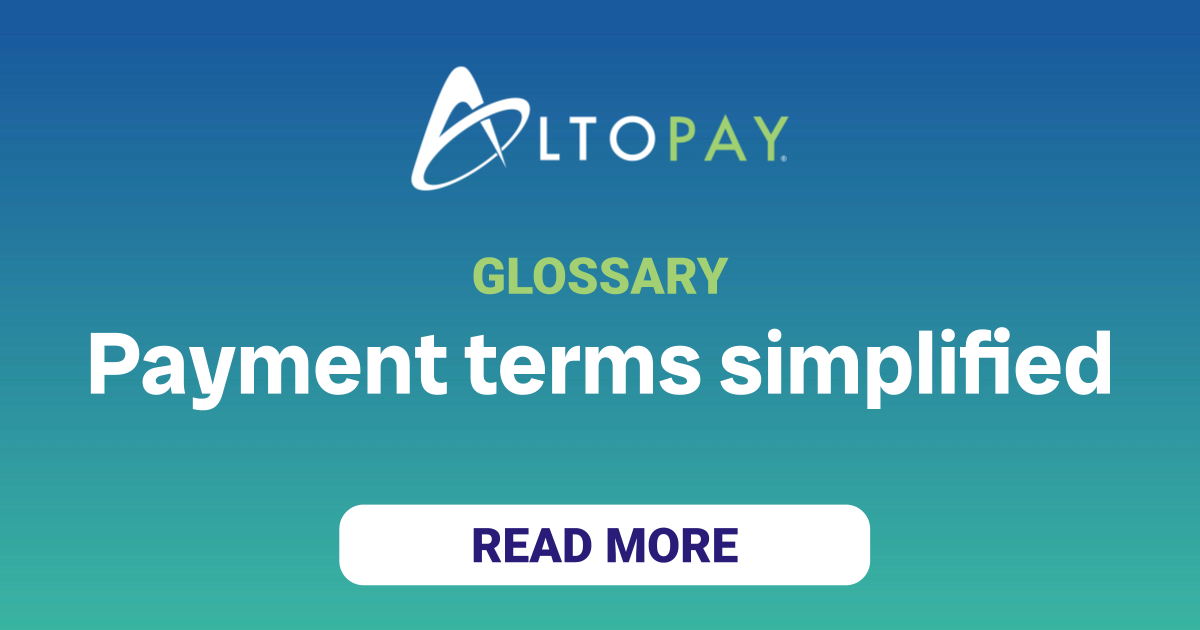Card Verification Value (CVV) is a 3-digit number printed on the back of a Visa card that can be used as an extra layer of security for card-not-present transactions.
CVVs can be requested during checkout, but they can’t be stored after authorization. So the data can’t be hacked or stolen in a data breach. You can ask for the CVV when a customer enters payment information on your website. If the information provided matches what the issuer has one file, it indicates the customer has physical possession of the card. If you don’t request the information, you run the risk of processing unauthorised transactions made by fraudsters with stolen card information.
The term CVV is often mistakenly used in place of the more accurate phrase — card security code. Check our card security code glossary entry to learn about the more general application across all card brands.

For more than a decade, Jessica Velasco has been a thought leader in the payments industry. She aims to provide readers with valuable, easy-to-understand resources.


